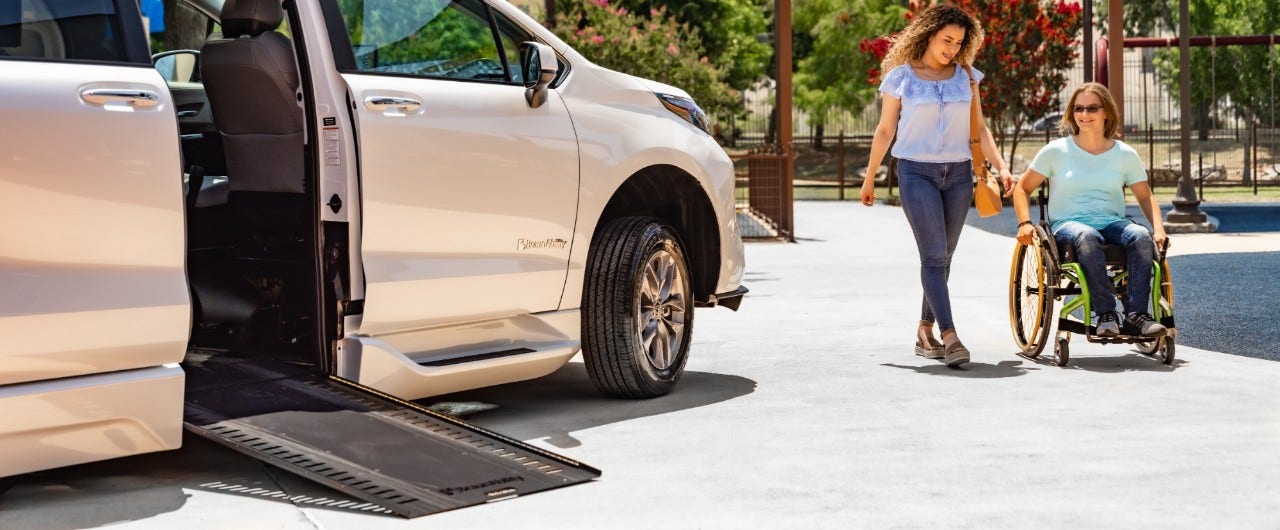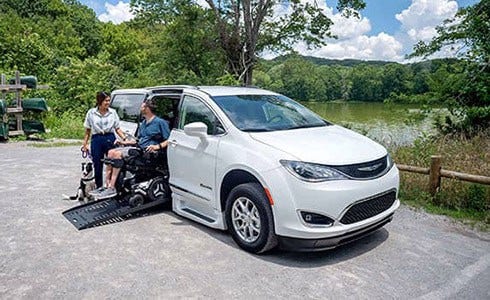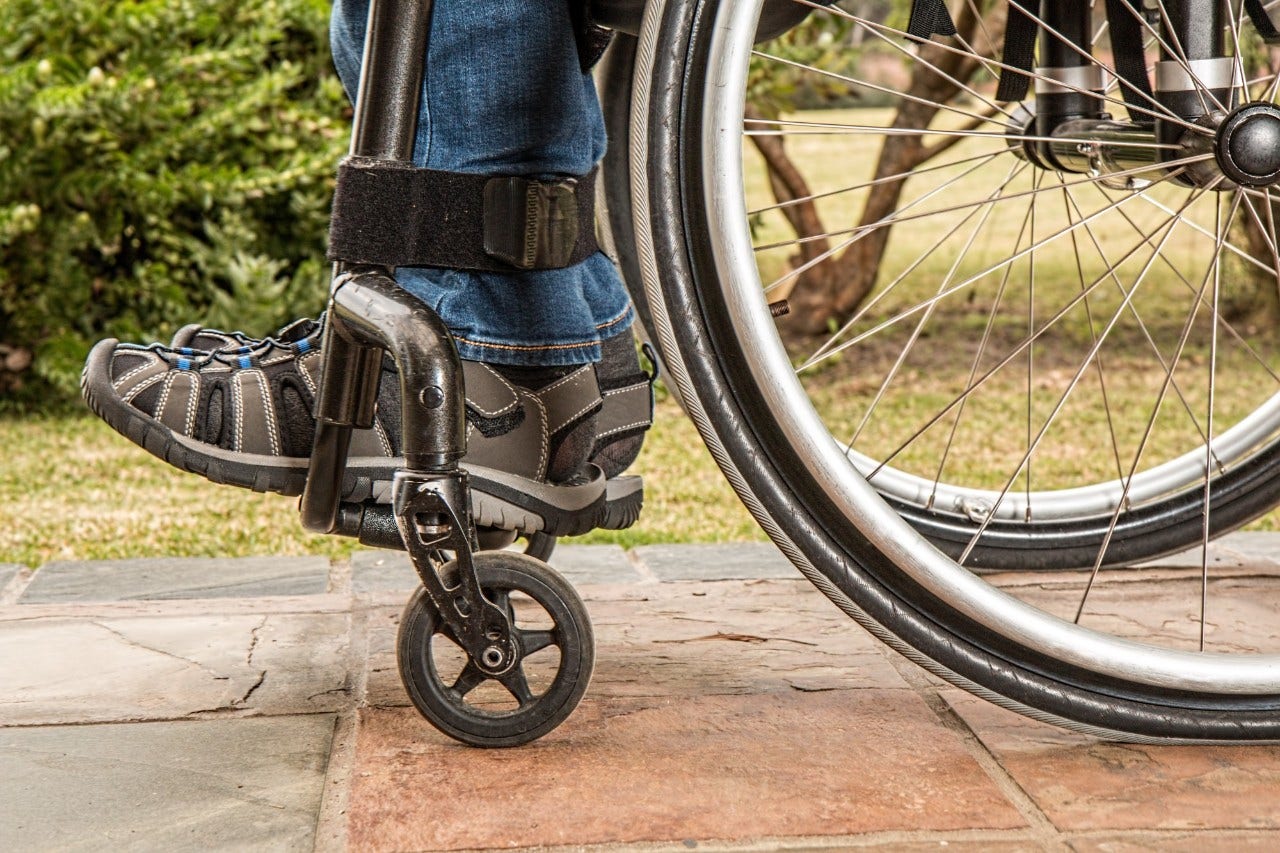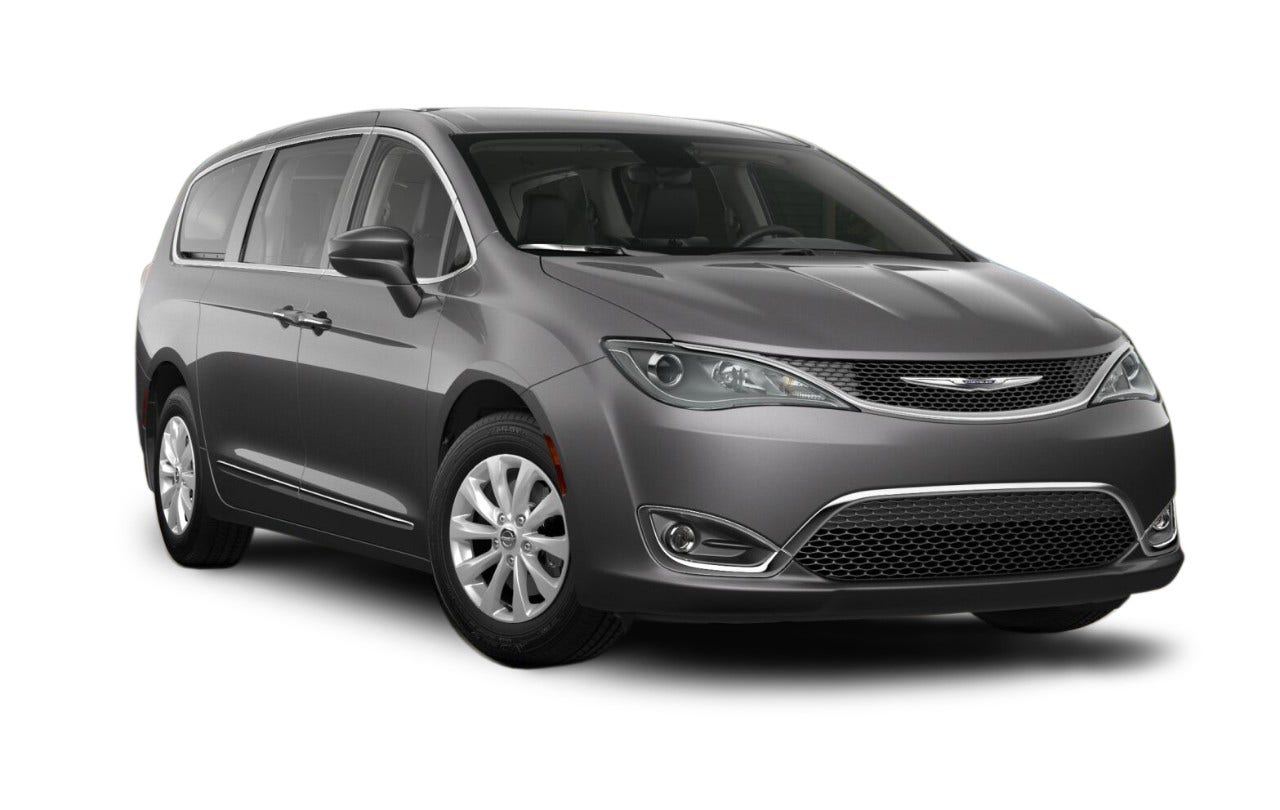
Five Tips for Renting a Wheelchair Accessible Vehicle
Renting a wheelchair accessible vehicle involves a few additional considerations compared to renting a standard vehicle. Not only do you need to choose a rental vehicle that meets your needs, but you also need to ensure you have proper insurance coverage, understand vehicle backup systems, and come prepared with the right documentation so you can rent a vehicle from your local mobility dealer.
This guide will highlight important factors to consider when renting a wheelchair accessible van or SUV, and what to expect throughout the rental process.
What to Know about Renting a Wheelchair Accessible Vehicle
Beyond choosing a wheelchair accessible vehicle to rent, you’ll want to consider the following:
1. Insurance Coverage for Wheelchair Accessible Vehicle Rentals
Begin by contacting your current auto insurance provider to see if your policy extends to coverage of wheelchair accessible vehicles. Some auto insurance policies automatically cover rental cars, but it's important to confirm if this includes wheelchair accessible vehicle rentals.
There are insurance companies that specialize in coverage for wheelchair accessible vehicle rentals. If your existing auto insurance rental policy is insufficient, consider reaching out to a specialized insurer for a policy that covers the rental period.
2. Rental Mileage Limits for Wheelchair Accessible Vehicles
Rental periods for wheelchair accessible vehicles can vary from daily to weekly and monthly. It's important to be aware of the mileage limits associated with your chosen rental period. Knowing how far you plan to travel each day will help you avoid incurring unexpected overage fees. Some dealers may offer unlimited mileage packages for extended rentals, so be sure to ask about all available options.
3. Schedule Your Wheelchair Accessible Vehicle Rental in Advance
Demand for wheelchair accessible rentals is high, so mobility dealer inventory can change from day-to-day. If you have a particular accessible vehicle in mind, or you know when you’ll be traveling, be sure to contact your local mobility dealer ahead of time to reserve your rental.
4. Accessible Rental Vehicle Delivery to Airports
If you’re traveling by plane, chances are you’ll need some form of transportation upon your arrival. With limited access to wheelchair accessible rideshares across the U.S., renting a wheelchair accessible vehicle for travel is a great way to ensure you can get from point A to point B.
Many BraunAbility dealers deliver accessible vehicles to airports. It’s best to contact the local BraunAbility dealer in your travel destination first to determine availability of airport delivery and any additional costs for the service.
5. Driving Aids: Adaptive Driving Equipment for Rental Vehicles
If a person with a mobility challenge plans to drive, be sure to ask your mobility dealer about aftermarket driving equipment. This may include hand controls, steering wheel knobs, pedal extenders, and other driving aids. Most dealers renting driving aids will require verification of the need to use specialized equipment. This could include a restriction or endorsement code on your driver’s license which indicates legal use of hand controls or medical documentation confirming the need for driving aids.
Common Questions About Accessible Vehicle Rentals
BraunAbility dealers are happy to help with any questions you may have about accessible rental vehicles. Local mobility dealers are often asked the following common questions:
1. Are there discounts available for renting a wheelchair accessible vehicle?
Yes. Like traditional car rentals, savings can be found on wheelchair accessible rentals depending on the season and specific dealer promotions. Be sure to ask your mobility dealer about any ongoing specials or discounts for rentals.
2. What are the requirements for renting a wheelchair accessible vehicle?
Generally, when visiting your local mobility dealer, you’ll want to bring the following items:
- Driver’s License
- Auto Insurance Card
- Credit Card
Call your local mobility dealer ahead of time to ensure you have all necessary documentation to rent a wheelchair accessible vehicle. Additionally, it’s best to relay the following information to your dealer if applicable:
- Rental Period: Specify the dates and times for vehicle pickup and drop-off, as well as the location.
- Wheelchair Dimensions: Provide the dimensions of the wheelchair to ensure it fits comfortably in the vehicle.
- Flight Information: If you need a rental vehicle delivered to an airport, share your flight details. This helps coordinate the delivery.
3. How do I find wheelchair accessible vehicles for rent?
Contact your local BraunAbility dealer to ask about accessible vehicle rental, as vehicle availability can vary by location. If you’re unsure what kind of vehicle might be right for you, be sure to read our guide on how to choose a wheelchair accessible rental vehicle.
Whether you’re traveling, taking a friend or family member with a mobility challenge out for a day, or looking to try an accessible vehicle before you buy, renting an accessible vehicle can play a significant role in allowing you to keep up with daily transportation and mobility needs. Be sure to check out our rental FAQ page and reach out to your local BraunAbility dealer today to learn more about wheelchair accessible vehicle rentals.




